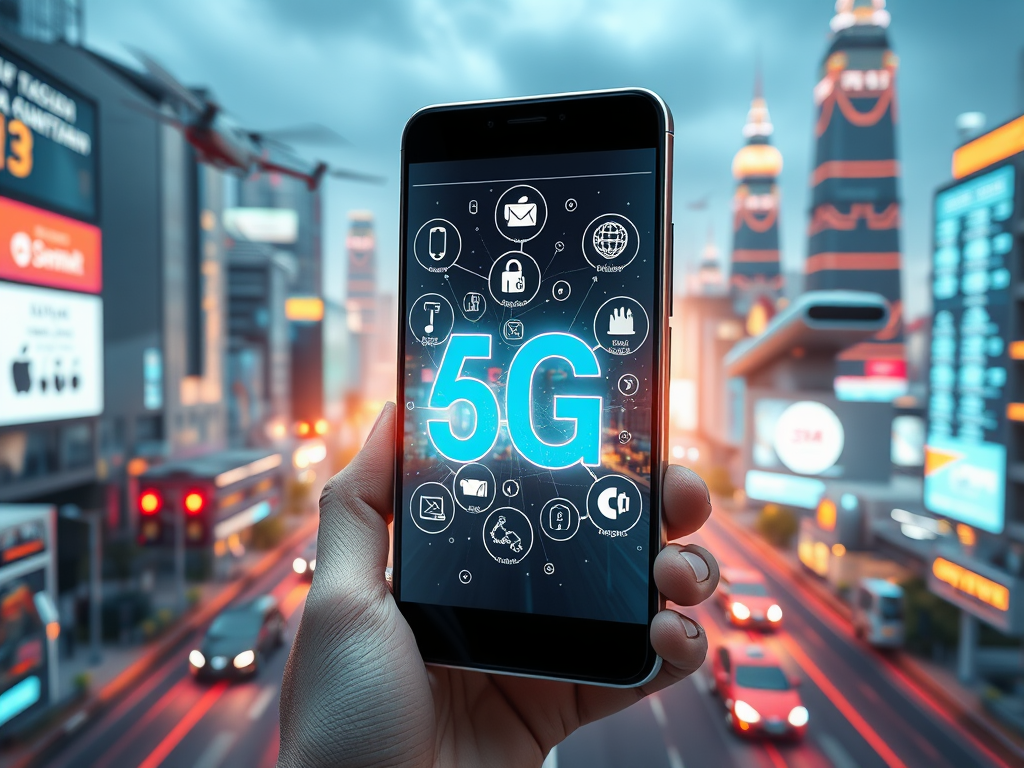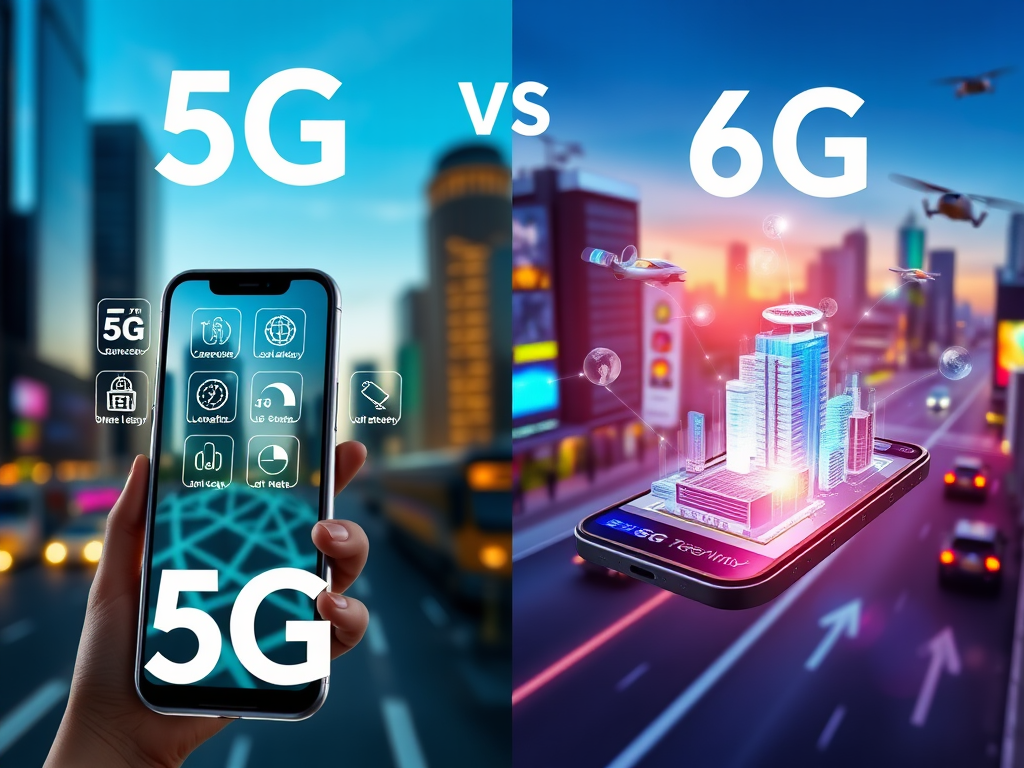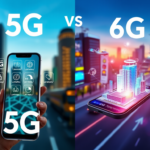Explore the differences between 5G and 6G, the potential of next-generation mobile networks, and what the future holds for connectivity. Learn about the technologies shaping the future of communication.
Introduction
The rollout of 5G networks has already begun to transform the way we connect, offering faster speeds, lower latency, and greater capacity. But as technology continues to evolve, the conversation is already shifting to 6G. What exactly is 6G, and how does it differ from 5G? This article delves into the current state of 5G, the potential of 6G, and what the future holds for mobile networks.
Understanding 5G: The Current Standard
5G, the fifth generation of mobile networks, represents a significant leap forward from its predecessor, 4G. Here are some key features of 5G:
- Speed: 5G offers download speeds of up to 10 Gbps, making it 100 times faster than 4G.
- Latency: With latency as low as 1 millisecond, 5G enables real-time communication, which is crucial for applications like autonomous vehicles and remote surgery.
- Capacity: 5G can support up to 1 million devices per square kilometer, making it ideal for densely populated areas and the Internet of Things (IoT).
Despite these advancements, 5G is still in its early stages of deployment, with many regions yet to experience its full potential.

What Is 6G? The Next Frontier
While 5G is still being rolled out, researchers and tech companies are already working on 6G, the sixth generation of mobile networks. Expected to debut around 2030, 6G aims to build on the foundations of 5G while introducing groundbreaking innovations.
- Speed and Latency:
- 6G is expected to offer speeds of up to 1 Tbps, making it 100 times faster than 5G.
- Latency could be reduced to just 0.1 milliseconds, enabling near-instantaneous communication.
- AI Integration:
- 6G will leverage artificial intelligence to optimize network performance, predict user behavior, and enhance security.
- Terahertz Frequencies:
- 6G will operate in the terahertz (THz) frequency range, allowing for faster data transmission and greater bandwidth.
- Holographic Communication:
- One of the most exciting possibilities of 6G is the ability to support holographic communication, enabling immersive virtual and augmented reality experiences.

Challenges in Developing 6G
While 6G holds immense promise, several challenges must be addressed before it becomes a reality:
- Technological Hurdles:
- Developing hardware capable of operating in the terahertz frequency range is a significant challenge.
- Ensuring energy efficiency will be crucial, as 6G networks are expected to consume more power than 5G.
- Infrastructure Requirements:
- Deploying 6G will require massive investments in infrastructure, including new base stations and fiber-optic networks.
- Regulatory and Security Concerns:
- Governments and regulatory bodies will need to establish standards and protocols for 6G.
- Cybersecurity will be a major concern, as 6G networks will be more complex and interconnected than ever before.
The Future of Mobile Networks
The transition from 5G to 6G will not happen overnight, but the groundwork is already being laid. Here’s what we can expect in the coming years:
- Enhanced Connectivity:
6G will enable seamless connectivity across devices, paving the way for smart cities, autonomous vehicles, and advanced IoT applications. - New Business Models:
The increased speed and capacity of 6G will give rise to new business models and industries, particularly in areas like telemedicine, remote work, and entertainment. - Global Collaboration:
Developing 6G will require collaboration between governments, tech companies, and research institutions worldwide.
Conclusion
While 5G is still in its infancy, the race to develop 6G is already underway. The next generation of mobile networks promises to revolutionize connectivity, offering unprecedented speed, low latency, and innovative applications. As we look to the future, the possibilities of 6G are limitless, and its impact on society will be profound.







